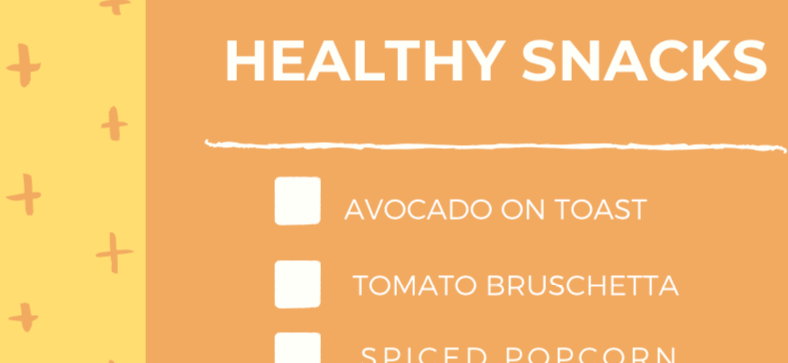From the 1950’s, Finnish men had the dubious distinction of having the highest heart attack rate in the world. From 1972 – 1977, this heart attack rate dropped 25% as the Finns changed what they ate – and it continued dropping thereafter. In the Western world, heart disease kills more men and women before their time than does any other disease. What can we learn from Finland’s food revolution?
Background to the Finnish problem
Finland is a small country on the Arctic circle. Before WW2 the majority of the inhabitants were lumberjacks, fishermen or hunters. Their main export was logging. There was little industry.

Then came WW2 and Stalin pushed to annexe Finland. The tiny Finnish army heroically defeated Russia in several Winter wars, much of it on skis in snowy forests. They lost only two important but smaller sections of their country which are still controlled by Russia today. The entire province of Karelia – which backs onto St Petersburg (Leningrad) became Russian. Overnight, every man, woman and child left the province and moved to what was still Finland.
Finns today still recall the hardship of finding enough rooms in the homes of other Finns for so many people.

Eventually, the government gave each Karelian veteran a smallholding of land, mostly in the province of North Karelia. ⠀
⠀
And the stage was set for a health disaster.
How the Finns got heart disease
The problem was that most Finns were not farmers who knew how to grow crops; they were outdoorsmen who had come from an area of forests and lakes. It made sense to them to use their land to breed a few pigs and run a dairy cow.

The typical daily fare became bread and butter with coffee for breakfast and more bread with cold-cuts for lunch. Dinner was often pork stew.
Butter was in every meal – even the traditional fish stew. The ‘Finncow’ dairy cow had the highest milk-fat level in the world. Local sausage factories boomed with their sausages oozing with pork fat. Only animals ate vegetables.
In under a decade, the heart attack level rose to the highest in the world! Few men made it through middle age without a heart attack. Scientists travelled from around the world to research the Finnish health disaster that had occurred in such a short time.
Finland’s food revolution
In the 1950s, in an extensive study done in Crete in the Mediterranean Sea, researchers found that a low-fat, largely plant-based diet resulted in incredibly low rates of heart attacks. Eleven countries were studied to see if this hypothesis played out. It did in all of the countries which were able to maintain reliable wartime record-keeping. You can read <here> about that study and how food affects heart health.
The Finnish government used these findings for the North Karelia public health project. This project formed the basis for Finland’s health revolution. They sent a young doctor and social scientist, Pekka Pusca, to try and turn things around. Finland’s food revolution was underway.

Pusca and his team worked with the food industry, restaurants, cafeterias, and supermarkets. They wanted to shift the North Karelians gently towards this low fat, high vegetable diet. Housewives learned how to swap out pork for vegetables in stews. Finns began to eat traditional foods like rye bread, potatoes and berries again.
⠀
In only 5 years, heart attack deaths dropped by a massive 25% and cancer rates dropped by 10%. The rest of Finland followed suit and, by the 1980’s, Finnish men were living ten years longer overall. ⠀
Finland’s food revolution today
I recently stayed in Helsinki, the capital. In the hotel room was a coffee table book explaining:
- the reason the hotel serves little red meat (“because it’s not healthy and increases risk of cardiovascular disease, diabetes and cancer”)
- why meals focus on large amounts of vegetables and fruit (“they reduce the risk of developing chronic diseases, eg. cardiovascular disease, cancer and obesity”)
- why much of what they offer is organic – (because of the impact of chemical pesticides on the planet and our health).
They actually titled the page, ‘Finland’s food revolution’!
We were only in Helsinki for a short time. But from what we could see, practically all food outlets sold whole food, plant-based food choices. It seemed that there were more vegetarian choices available than non-vegetarian. ⠀

The key to the amazing success of Finland’s food revolution
A family who moved to North Karelia during the 1960s – 70s said they didn’t actually make a choice to “become healthy”. It was just that that’s how people ate; that’s the type of food that was readily available, so they ate it and ended up healthier. ⠀
⠀
This is the ultimate in public health projects! That healthy food was the MOST available food, and getting your hands on unhealthy food took more effort. ⠀
⠀
In the Blue Zones around the world, people have and had little access to unhealthy food. As a result, they mostly lived to ripe old ages without chronic disease. Once the fast food outlets and Western grocery stores arrived – health deteriorated. They began to lose their status as the world’s healthiest people. (You can read more about the world’s Blue Zones <here.>)
In North Karelia, this happened the other way around. Shopkeepers and restaurants agreed to provide healthier food and stop providing unhealthy food. Families could take advantage of easily available cooking classes to relearn how to cook healthy food. The government made living healthy easier and cheaper than living unhealthily. It was a democratic but top-down process which continued until it became second nature in the population.
Carrying out our own Food Revolutions
We can also benefit from Finland’s food revolution by carrying out a public health project – in our own homes.
3 things we can do
- Remove poor quality (processed) foods from the pantry and fridge. (If it’s not easily available, the family won’t eat as much of it).
- Get some new recipe books based on whole plant foods and start batch cooking. (Cook several meals at once and freeze, so the easiest choice is to eat healthy food.)
- Fill the pantry and fridge with healthy foods. Put a list on the fridge of healthy snacks available in the house. (See below)
I have a gift for you

Your reward for reading so far is a list of healthy snacks to put on your fridge. Just fill in your email and name on the pop-up form and I’ll send it out to you.



0 Comments